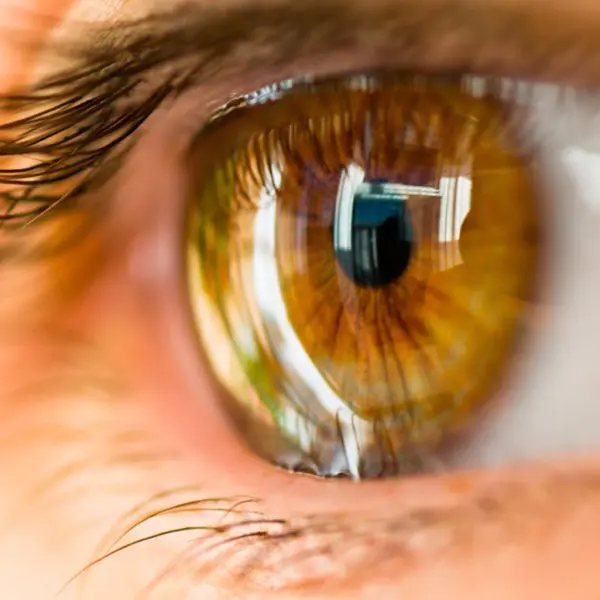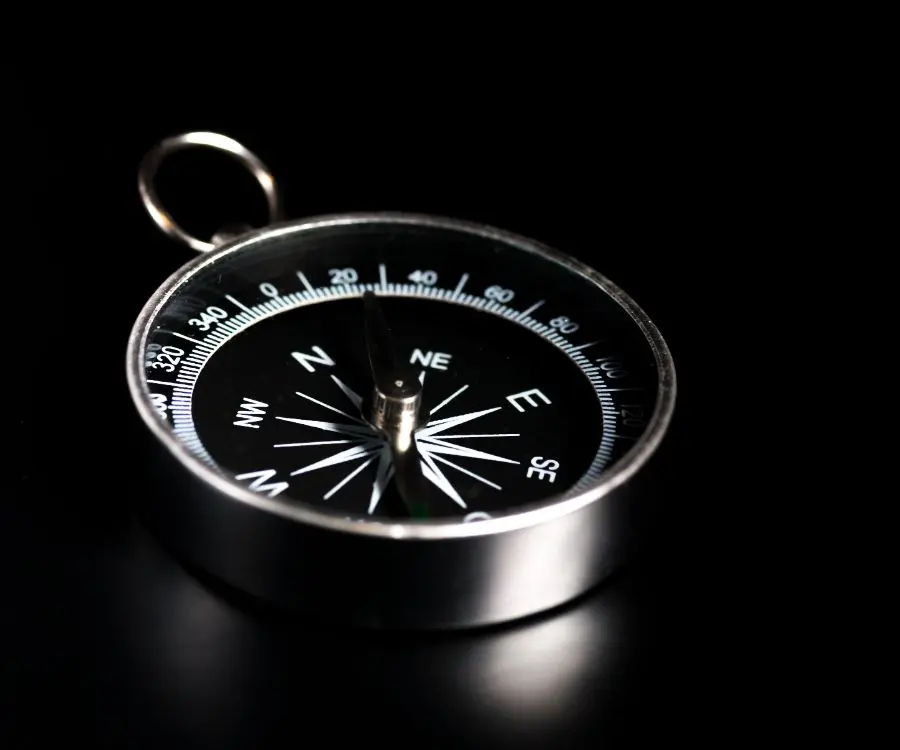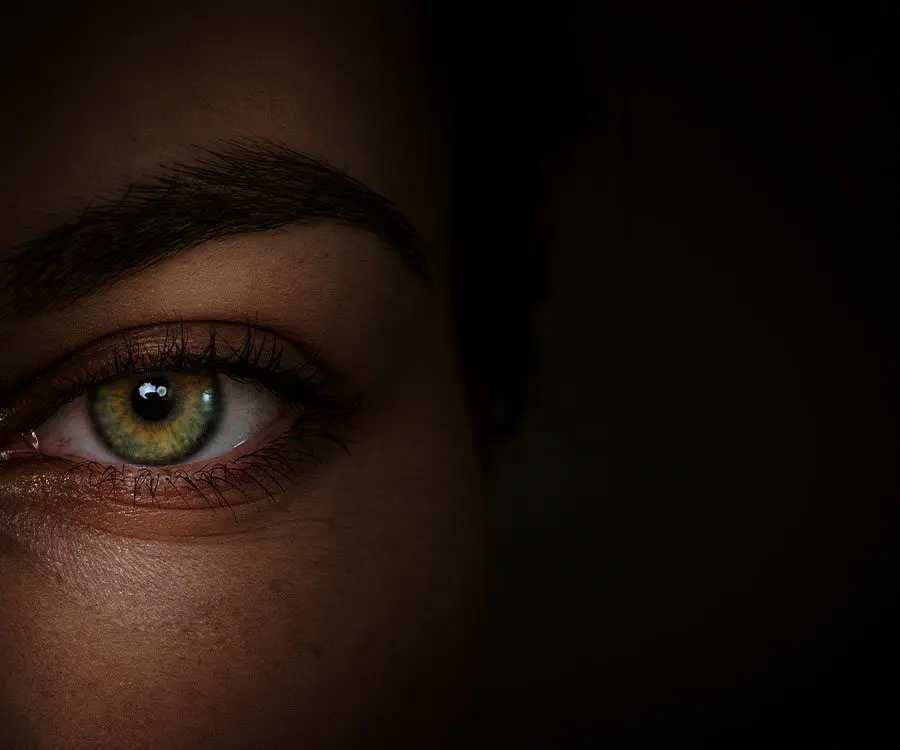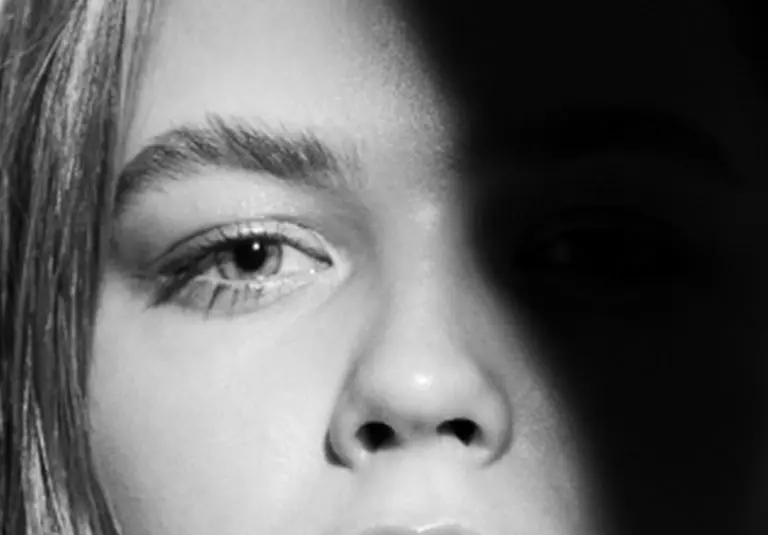
- Research

- News
What is Keratoconus?

Keratoconus is a condition that affects the cornea, the clear window at the front of the eye. It usually affects both eyes, but one is more affected than the other.
The cornea thins and bulges forward becoming conical in shape rather than being rounded or spherical. It usually starts in the late teens or early twenties and gradually stabilizes with age, with family history present in 7% of patients. It is commonly associated with asthma, allergies and eczema – frequent eye rubbing is also linked to progression of the disease.
Symptoms include:
- Distortion of image and change in vision
- Night vision problems and squinting to read
- Blurry or double vision
- Light sensitivity
- Frequent change of glasses and increasing astigmatism
- Increasing difference in power of glasses between the two eyes
- Blurred vision despite new glasses as they fail to fully correct the problem
In the earlier stages, keratoconus can be treated by glasses and soft contact lenses. Once the corneal shape distorts further, vision can be improved by hard contact lenses or the implantation of ring-shaped segments in the cornea. These flatten the cornea and improve the fitting and tolerance of hard contact lenses. In severe cases a corneal transplant is the only solution to improve vision.
In some patients, progression of keratoconus causes extreme thinning, such that the inner layers (the Descemets membrane and Dua’s layer) stretch and tear causing water to gush into the cornea making it opaque with sudden loss of vision. This condition is called ‘Acute Hydrops’ and can take up to 6 months to recover spontaneously when the torn layers heal.
Progression of keratoconus once detected, can be arrested by a surface surgical procedure called collagen crosslinking (CXL), wherein the cornea is made stiffer with ultraviolet light. The sooner the crosslinking is done the better, as CXL holds the condition where it is and does not resolve the problem. Glasses and contact lenses are needed after CXL but a corneal transplant operation becomes less likely.
Find out more about the treatments available for keratoconus.
Reviews







